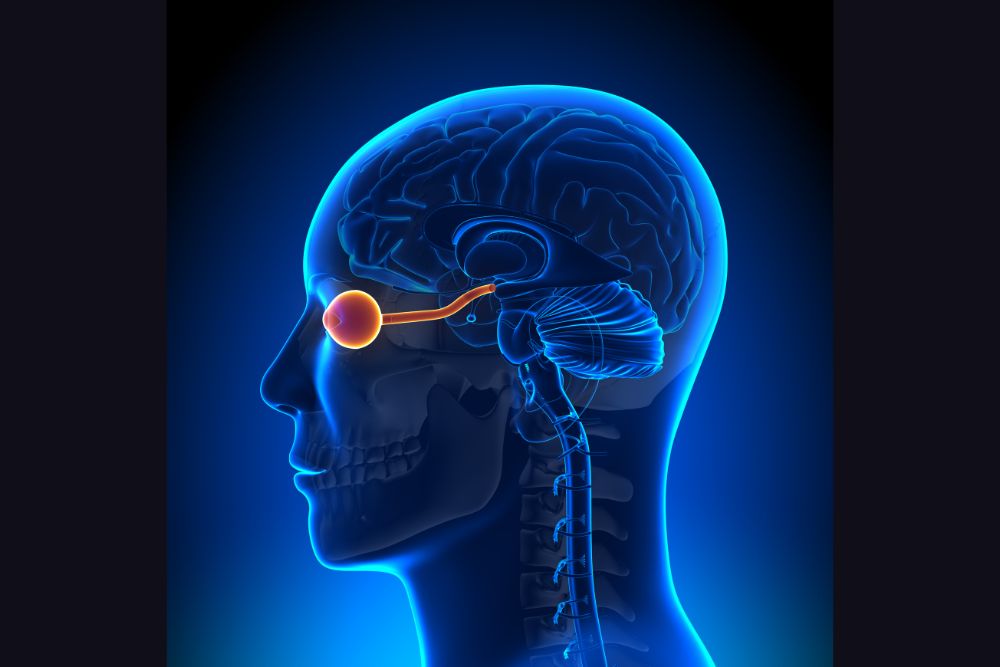The Eye-Brain Connection: How the Retina is the Brain's Window to the World

Our sense of vision relies as much on the brain as it does on our eyes. The retina itself develops from brain tissue and is considered part of the central nervous system. Doctors and scientists believe that the eye-brain relationship may hold benefits for diagnosing and treating certain vision-related and neurological conditions, including stroke and age-related vision decline.
A Brief Explanation of the Retina-Brain Connection
The retina is a thin layer of tissue that serves as the starting point for processing visual information. Light travels through the eye to reach the retina’s light-sensitive cells, known as photoreceptors. An estimated 125 million photoreceptor cells called rods and cones work together to provide a clear, accurate picture of the world around you. When light reaches these cells, a molecule called a photopigment is activated.
Once activated, the photopigment undergoes a chemical change that initiates the phototransduction process. Phototransduction involves a signal being transmitted to bipolar cells, which connect photoreceptors to ganglion cells. The ganglion cells travel out of the eye through an opening called the optic disc. Once leaving the retina, they become known as the optic nerve, a cable-like collection of nerve fibers. The optic nerve connects and transmits visual information from the eye to the brain.
As the optic nerve has no photoreceptors, visual information cannot be processed, resulting in a natural blind spot. The brain relies on the other eye and surrounding photoreceptors to gather information to fill in the gaps in these images.
How Vision Health Impacts the Brain
Researchers believe that eye-brain collaboration may impart benefits for vision and neurological conditions, helping to optimize patient outcomes and overall quality of life. As a fully functional optic nerve is crucial for vision, any damage may disrupt the transmission of visual information between the retina and brain, leading to vision distortion or loss. The optic nerve is also key to studying central nervous protection and regeneration. Studies show that certain types of optic nerve damage, including ocular trauma or disease, may eventually be reversible. Understanding the optic nerve may help with more complicated neuronal degenerative diseases, such as Alzheimer’s disease and Huntington's disease.
If you experience trouble seeing as you get older, this may not be an eye issue entirely. Research suggests a connection between age-related deterioration in vision and a decline in cognitive function. If you're born with a visual impairment or it develops one early on, your brain can adapt due to neuroplasticity (the ability to adapt, create, and regenerate in response to life’s events). Neuroplasticity declines with age, which is why later-onset vision loss can lead to cognitive decline.
Can Eye-Brain Connection Issues Be Managed?
As with other retinal conditions – and particularly if you notice your vision is declining – regular, comprehensive ophthalmological eye exams are essential. It’s been shown that many of the related causes may be reversible, especially if detected early. You may also be able to slow or prevent these connections by following a healthy lifestyle, including eating a proper diet and getting enough exercise.
As the brain plays a large role in the retina’s ability to enable sight, understanding the importance of neurological health may help you to preserve your vision. If you’d like to schedule a comprehensive eye exam, or you have questions, we invite you to contact Palmetto Retina Center today.
